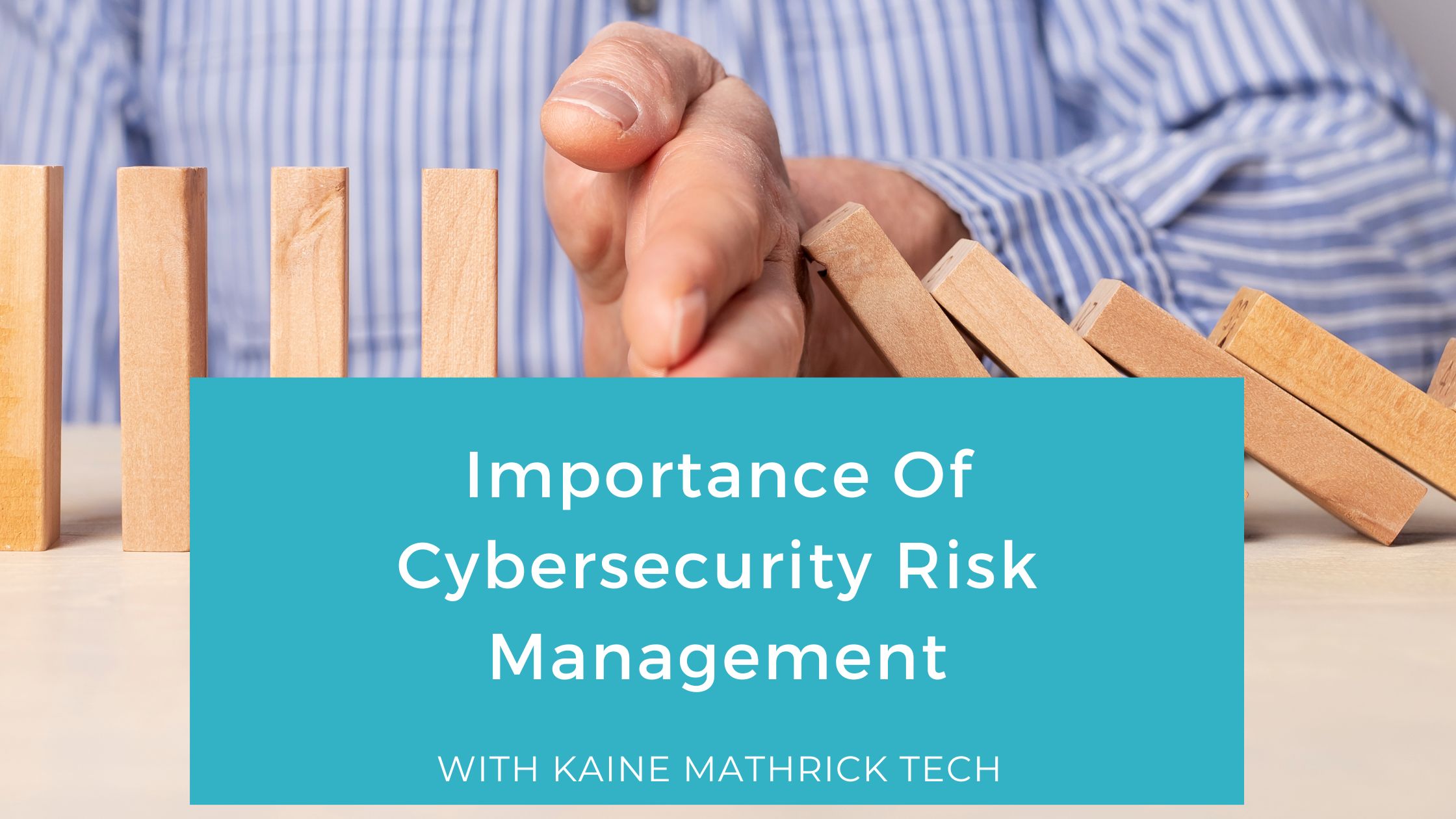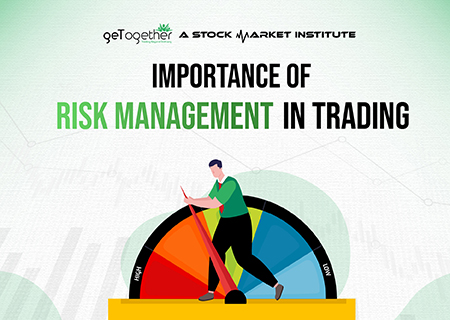Discovering the Significance of Risk Management for Effective Decision-Making Methods
In the detailed world of organization, Risk Management emerges as a vital factor in the decision-making procedure. The capability to recognize potential dangers and possibilities, and strategize appropriately, can lead to the difference between success and failing.
Understanding the Concept of Risk Management
Risk Management, a critical element in decision-making, is commonly misunderstood or oversimplified. Normally, it refers to the identification, examination, and prioritization of threats to reduce, check, and control the chance or impact of regrettable occasions. It's not merely about stopping adverse results, however additionally regarding acknowledging prospective opportunities. Risk Management includes disciplined and organized strategies, utilizing information and informative evaluations. It requires a comprehensive understanding of the company's context, purposes, and the prospective risks that can prevent them. From monetary uncertainties, lawful obligations, tactical Management mistakes, to accidents and all-natural catastrophes, it addresses numerous dangers. Importantly, reliable Risk Management is not stationary; it's a continuous, progressive process that advances with transforming scenarios.
The Duty of Risk Management in Decision-Making Processes
In the realm of strategic preparation and business procedures, Risk Management plays an integral duty in decision-making processes. It assists in determining potential hazards and uncertainties that could affect the accomplishment of company purposes. By mapping these dangers, companies can develop strategies to alleviate their impact, guaranteeing business continuity and security. Risk Management thus ends up being an essential device in decision-making, aiding leaders to make educated selections based on a thorough understanding of the risks included. It urges a positive technique, making it possible for companies to anticipate and prepare for possible future scenarios. This substantially decreases the possibility of unfavorable repercussions, promoting a lot more efficient and effective decision-making methods. Risk Management offers as an essential part in the decision-making procedures of any type of organization.

Just How Risk Management Enhances Strategic Planning
In the context of tactical planning, Risk Management plays a critical function. Starting with the recognition of potential dangers, it even more reaches the application of Risk mitigation actions. The duty of Risk Management is not static however dynamic, as it demands constant surveillance and adjusting of approaches.
Recognizing Possible Dangers

Executing Risk Mitigation
Having established the significance of determining prospective dangers, the following action is to discover Risk mitigation. This process involves developing and executing methods to take care of identified risks efficiently. It is a critical facet of strategic planning as it boosts decision-making by decreasing possible negative end results. Risk reduction strategies can range from Risk avoidance, Risk transfer, to take the chance of reduction. Each technique must be customized to the specific Risk, considering its prospective effect and the company's Risk tolerance. Additionally, efficient Risk reduction calls for a deep understanding of the Risk landscape and the potential influence of each Risk. This understanding makes it possible for companies to focus on threats and designate resources efficiently, making certain that the most significant risks are dealt with first.
Monitoring and Adjusting Approaches
Though Risk mitigation is an important step in calculated planning, constant great site tracking and modification of these techniques is similarly essential. It likewise provides an opportunity to evaluate the success of the Risk Management procedures, enabling modifications to be made where needed, additional improving calculated preparation. Tracking and adjusting Risk Management approaches is an essential part for boosting a company's durability and tactical planning.
Case Studies: Successful Risk Management and Decision-Making
In the world of organization and financing, effective Risk Management and decision-making typically offer as the pillars of flourishing business. These instances highlight the value of sharp Risk Management in decision-making processes. These situations emphasize the important role of Risk Management in tactical decision-making.
Devices and Methods for Reliable Risk Management
Browsing the elaborate puzzle of Risk Management requires the ideal set of techniques and helpful site devices. These tools, such as Risk signs up and warmth maps, aid in recognizing and examining potential dangers. Strategies include both measurable techniques, like sensitivity evaluation, and qualitative methods, such as SWOT analysis. These aid in prioritizing risks based upon their potential effect and probability. Risk action approaches, a key element of Risk Management, entail accepting, staying clear of, transferring, or mitigating threats. Tracking and controlling threats, via regular audits and testimonials, ensure that the strategies continue to be reliable. With these tools and strategies, decision-makers can navigate the complex landscape of Risk Management, thus facilitating notified and reliable decision-making.
Future Fads in Risk Management and Decision-Making Strategies
As we check out the large landscape of Risk Management, it becomes noticeable that the strategies and tools utilized today will remain to advance. Future fads aim towards an enhanced reliance on innovation, with artificial intelligence and machine knowing playing significant roles. These technologies will certainly enable companies to anticipate potential dangers with higher precision and make more informed decisions. In addition, there will be an expanding focus on resilience, not simply in taking care of risks yet also in getting better from negative situations. The principle of Risk society, where every member of a company is aware and included in Risk Management, will certainly gain extra prominence. These fads declare an even more proactive news and comprehensive strategy towards Risk Management and decision-making.
Final thought

Risk Management therefore ends up being an important device in decision-making, assisting leaders to make enlightened selections based on an extensive understanding of the risks involved. Risk mitigation techniques can range from Risk evasion, Risk transfer, to run the risk of decrease (importance of risk management). Reliable Risk reduction calls for a deep understanding of the Risk landscape and the prospective influence of each Risk. Risk feedback approaches, a crucial part of Risk Management, involve approving, preventing, transferring, or mitigating threats. The idea of Risk society, where every member of a company is aware and entailed in Risk Management, will obtain a lot more prominence